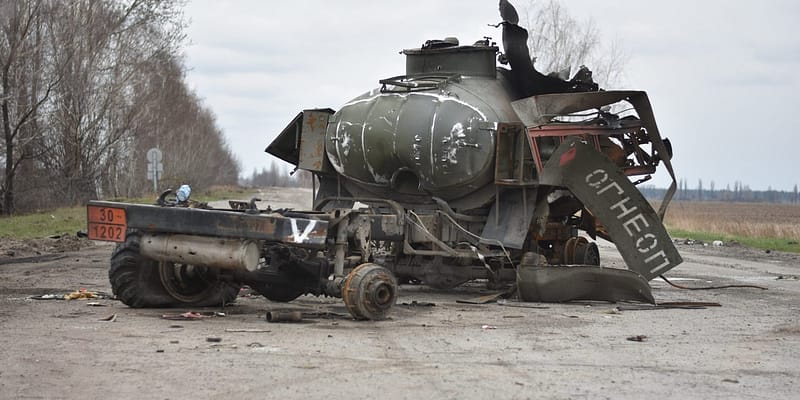The Ukrainian conflict, also known as the War in Donbass, is a ongoing conflict in Eastern Ukraine that began in 2014 after the Ukrainian Revolution and the ousting of former Ukrainian President Yanukovych. The conflict has resulted in the Russian annexation of Crimea and an armed insurgency in the Donbass region of Eastern Ukraine, involving Ukrainian government forces and pro-Russian separatist groups.
The conflict has had a significant impact on the environment and has contributed to the worsening of the global climate crisis. The war has resulted in widespread destruction of infrastructure, including power plants, oil and gas facilities, and industrial sites, which has led to increased emissions of greenhouse gases and other pollutants. The disruption of industrial activities and the collapse of environmental regulations have also contributed to environmental degradation in the affected regions.
One of the most significant effects of the conflict on the environment has been the release of pollutants into the air and water. The bombing and destruction of industrial facilities and infrastructure has caused the release of toxic substances into the air and water, contaminating the environment and posing a threat to human health and wildlife. The burning of oil and gas facilities has also led to increased emissions of greenhouse gases, including carbon dioxide and methane, contributing to the acceleration of global warming.
Another impact of the conflict on the environment has been the disruption of water and sanitation systems, leading to contamination of water sources and increasing the risk of water-borne diseases. The destruction of water treatment facilities and pipelines has also resulted in the discharge of untreated wastewater into rivers and other water sources, contaminating them and posing a threat to aquatic life.
The conflict has also led to the displacement of a large number of people, who are forced to live in temporary settlements without access to basic necessities like clean water and proper sanitation. This has led to increased pressure on resources, particularly in areas with limited access to water and sanitation, exacerbating the effects of the conflict on the environment.
Furthermore, the conflict has also had a negative impact on the wildlife and ecosystems in the affected regions. The destruction of habitats, deforestation, and the use of weapons and military equipment have resulted in the loss of wildlife, including threatened and endangered species, and the degradation of ecosystems. This has also resulted in the loss of biodiversity and the reduction of ecosystem services, which are essential for maintaining the balance of the environment.
In conclusion, the ongoing conflict in Ukraine has had a significant impact on the environment and has contributed to the worsening of the global climate crisis. The destruction of infrastructure, release of pollutants, displacement of people, and degradation of ecosystems have all combined to create a complex environmental problem that requires immediate attention and action. It is important to address the underlying causes of the conflict and to find a peaceful solution that protects the environment and promotes sustainable development.






